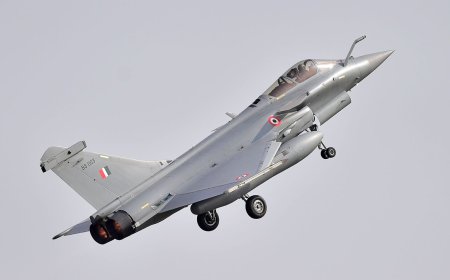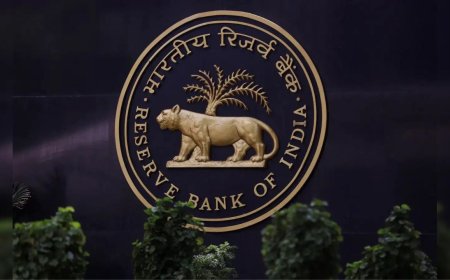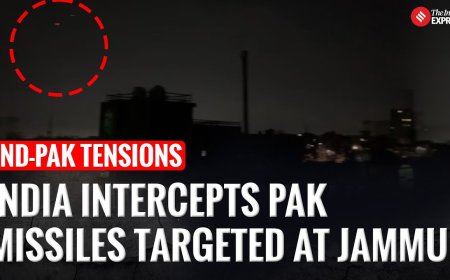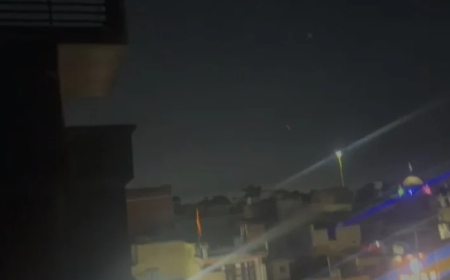Dutch and UK gas prices dip as Norwegian supply rises
Gas prices in the Netherlands and UK dipped following a sharp rise in Norwegian supply. Analysts see short-term relief but warn of lingering market risks.

Norwegian Gas Supply Rebound Eases European Price Pressures
In a development offering relief to European energy markets, Dutch and UK natural gas prices declined this week following a ramp-up in gas supplies from Norway. The surge in output comes after maintenance disruptions at key Norwegian facilities had previously curtailed flows, prompting temporary spikes in regional prices.
Dutch TTF and UK NBP Contracts Ease
Benchmark contracts on the Dutch Title Transfer Facility (TTF), Europe's leading gas trading hub, saw a notable dip. The front-month contract dropped by over 5% to €31.50 per megawatt-hour (MWh), reversing gains made in earlier sessions. Similarly, the UK’s National Balancing Point (NBP) front-month gas price declined by about 4.7%, trading near 75 pence per therm.
This decline in prices follows reports from Gassco, Norway’s state-owned pipeline operator, confirming that gas output had resumed near full capacity after a series of maintenance issues at major fields and processing plants, including Nyhamna and Troll.
Return of Norwegian Flows Calms Volatility
“The resumption of Norwegian flows has significantly improved the near-term supply outlook for northwest Europe,” said Daniel Wynne, senior energy analyst at Refinitiv. “The markets had priced in a risk premium due to unexpected outages. With flows now normalizing, some of that premium is being eroded.”
Data from Gassco indicated that Norwegian gas exports to Europe reached close to 315 million cubic meters per day by the end of last week, a sharp recovery from earlier reductions that had pushed flows down to 270 million cubic meters.
The increased volumes come at a critical juncture as European utilities prepare for the next heating season by filling storage sites, which are currently around 77% full across the EU, according to Gas Infrastructure Europe (GIE).
Storage Build-Up Accelerates Ahead of Winter
With summer temperatures suppressing immediate demand and Norwegian flows picking up, traders are pivoting their attention toward winter preparations. The drop in prompt prices is expected to help storage facilities replenish at a faster and more cost-effective pace.
“Lower prices in the near term are beneficial for storage injections,” noted Maria Desai, energy markets strategist at Energy Ascent. “But the market remains vigilant due to geopolitical risks, especially around Russian LNG flows and potential supply chain vulnerabilities.”
Russia continues to play a marginal role in Europe’s gas imports post-Ukraine invasion, but any disruptions in alternate supply routes—from the Middle East or LNG shipments—could reintroduce volatility.
Demand Outlook Mixed Amid Weather and Industrial Trends
While supply-side improvements offer comfort, demand remains a key variable. Industrial consumption has yet to fully rebound, with several European manufacturers still grappling with elevated input costs and slowdowns in global demand.
Meanwhile, weather forecasts point to a warmer-than-usual July across much of Western Europe, potentially reducing air conditioning-related power demand and thus gas-fired electricity generation. That dynamic may temporarily cap upside pressure on gas prices.
“Gas-for-power demand in the UK and Netherlands could stay muted this summer, limiting short-term price gains,” said Joost Hendriks, a Rotterdam-based commodity trader.
Investor Perspective: Near-Term Bearish, Long-Term Watchful
For investors and energy traders, the current easing in gas prices may offer a tactical window to hedge or rebalance portfolios. However, analysts caution against assuming a steady decline through the rest of the year.
“The fundamental supply picture has improved, but we are not out of the woods,” said Desai. “With global LNG markets still tight and Asian demand potentially rising later this year, prices could find support beyond the summer.”
The broader investor sentiment is one of cautious optimism. While European policymakers have successfully diversified gas sources post-2022, lingering uncertainties—ranging from extreme weather to global shipping constraints—mean that market participants remain on alert.
Stability Returns, But Fragility Lingers
The decline in Dutch and UK gas prices reflects an improving supply backdrop driven by Norway’s recovery. Yet, the market remains delicately balanced, with price swings still possible due to demand volatility and geopolitical variables. For now, traders are embracing the respite, even as the longer-term outlook continues to demand vigilance and strategic foresight.
What's Your Reaction?
 Like
0
Like
0
 Dislike
0
Dislike
0
 Love
0
Love
0
 Funny
0
Funny
0
 Angry
0
Angry
0
 Sad
0
Sad
0
 Wow
0
Wow
0












































































